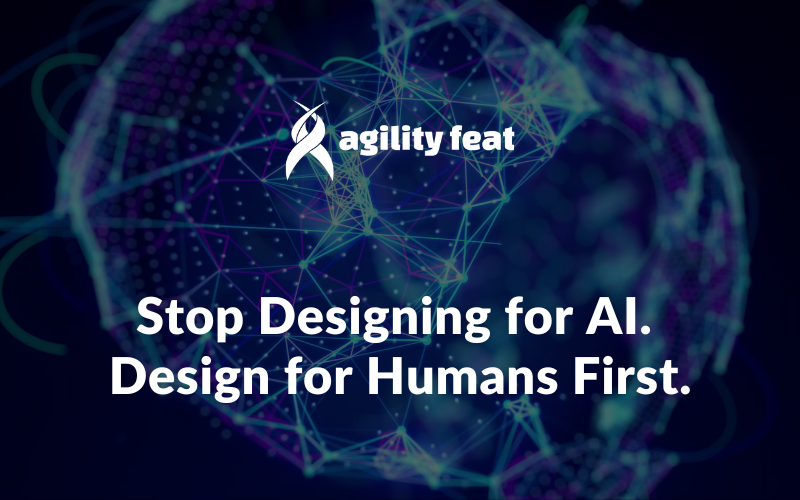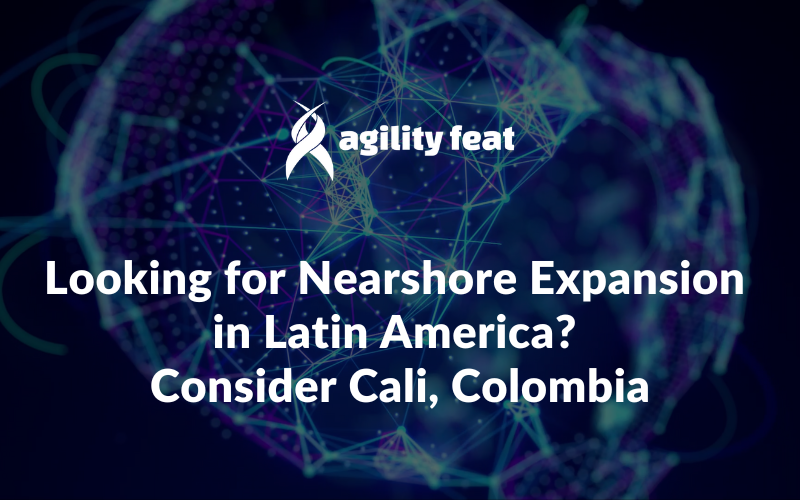As AI-driven tools become embedded in everything from chat interfaces to search engines, a new UX temptation has emerged: designing primarily for the machine. We see interfaces stripped down for AI consumption, user flows restructured to feed prompts, and human needs deprioritized.
But this is a trap. When we prioritize AI optimization over human usability, we risk breaking the very thing technology is meant to serve: people.
The challenge isn’t choosing between humans and AI, it’s knowing when to separate their experiences.
Humans and AI Don’t Experience Interfaces the Same Way
AI agents and human users interact with digital systems in fundamentally different ways.
Humans need emotionally resonant design, intuitive navigation, and visual or verbal affordances that help them make sense of a product. AI, on the other hand, consumes structured data, executes predefined tasks, and needs clearly defined context—not storytelling or visual clarity.
Trying to build a single experience optimized for both is like trying to merge a sports car with a minivan. Both serve valuable but different purposes and forcing them together leads to something that fails at both.
Further reading: Rethinking UX: Emerging Interfaces for the AI Age, to learn more about emerging principles of AI interface design and how they differ from traditional approaches
The Solution: Separate Touchpoints for Humans and AI
Rather than trying to build a hybrid interface that works for both audiences, the better approach is separation of concerns: design distinct layers or systems for each user type, one for humans, one for AI.
For Human Users: Design for Emotion, Empathy, and Engagement
Human-centered design should remain your foundation. These interfaces need to feel intuitive, accessible, and emotionally engaging. Your users should feel understood, guided, and satisfied as they move through the experience.
- Focus on storytelling to connect with users.
- Ensure accessibility for diverse audiences.
- Embed meaningful design elements that cater to human psychology and behavior.
- Build with psychological affordances that reduce friction and increase clarity.
And yes! You can use AI to enhance human experiences. For example, AI can personalize interfaces, adapt layouts based on user behavior, or surface relevant content at just the right moment. The key is keeping AI as the supporting player, not the replacement for the whole experience.
Further reading: Developing a Brand Strategy and Identity for an AI-Powered WebRTC Application, a case study in using AI in creative processes.
For AI Agents: Optimize for Efficiency and Context
When AI agents need to access your systems, whether to process data, summarize content, or perform automated tasks, they require entirely different design considerations.
AI doesn’t care about how something looks. It cares about how clean, structured, and predictable the data is.
To support AI effectively:
- Use structured, machine-readable formats wherever possible.
- Build out predefined decision trees or logic flows for automation.
- Enable API access, task automation, and tools with clear inputs and outputs.
- Consider using an MCP (Model Context Protocol) server: a backend layer that delivers the right task-specific context to AI agents, without interfering with the human-facing experience.
Why This Approach Works
- Human-focused interfaces lead to deeper engagement, trust, and satisfaction.
- AI-focused systems improve efficiency, task completion, and automation outcomes.
- When separated, these systems can be optimized fully for their audience without compromises or design conflicts.
This approach keeps your team focused and intentional. You don’t have to water down your UX to meet the needs of AI, and your backend systems don’t need to support unnecessary front-end clutter.
The Bottom Line: Humans First, Always
UX design should always begin and end with human needs. AI can and should play a powerful supporting role. But it should not dictate how we build interfaces.
Instead of merging AI and human needs into one clumsy system, keep them separate. Design delightful, intuitive interfaces for people. Let AI do its heavy lifting behind the scenes automating tasks, predicting needs, summarizing data, or surfacing insights only when it genuinely helps the user.
Bring them together only where it adds value such as conversational AI, personalized recommendations, or in-the-moment summarization.
By respecting the differences between human and AI needs, you create better outcomes for both. You protect the integrity of UX while fully leveraging the power of AI.
Need Help Integrating AI Without Compromising UX?
At AgilityFeat, we specialize in:
- LLM Integration & Deployment
- LLM Fine-Tuning & Customization
- Human-Centered UX for AI Applications
- RAG Systems (Retrieval-Augmented Generation)
- Prompt Design & Performance Testing
- Multimodal AI & Real-Time Communication
Whether you’re developing a conversational interface, optimizing content for AI agents, or exploring personalized user experiences powered by machine learning we can help you do it right. Contact us today!











